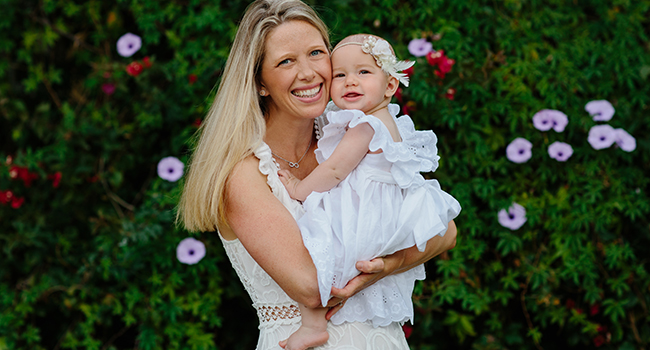The single most important daily ritual for your health & wellbeing
Is as simple as breathing for reduced stress and better health.
Whatever you call it breathing, meditation, mindfulness, visualisation the point is that these techniques guide you into the moment and realign you with peace.
WHY MEDITATE
1. The brain actually changes when you meditate
The brain is not static. It is designed to adapt constantly. This is the science of neuroplasticity. Changes in the grey and white matter of brain relate to regions responsible for awareness, self and emotion regulation and memory.
2. You will be more focused and productive
Studies show that meditation enables the brain to process information more efficiently and sharpens awareness. Meditation actually re-wires the brain to be more efficient and effective.
3. You will be happier and feel less stressed
Long-term chronic activation of stress steals protein from your muscles and organs, causes hormonal imbalance and weakens your immune system. Meditation turns the stress switch off and allows the body to rest, heal, digest and procreate.
One of the more widely accepted benefits of meditation is improvement in mental conditions such as depression and anxiety. Constant thought in the past leads you into depressed city. Or worrying about the future is a recipe for living in anxious town.
Drink veg juice, consume organic food and exercise your butt off BUT if you are living in a constant state of stress, confusion, craziness you will not be happy. And is n’t that the point of everything to feel good. This is the greatest gift we can give ourselves. Living with vitality, inspiration, passion, joy, peace, love and gratitude. Balance. It’s our natural state of being.
4. It might reduce inflammation
Inflammation is associated with all chronic disease and illness. Studies show that meditation reduced levels of pro-inflammatory cytokines.
5. It can help you sleep
Meditation allows you to “turn-off†your brain when it is time to sleep. One study showed that an 8-week mindfulness program was as effective as a certain medication for improving sleep in patients with chronic insomnia.
HOW TO MEDITATE
People often find it difficult to commit to a stress reduction technique like meditation because it appears vague in comparison to following a nutritional plan, exercise routine or taking supplements.
What I love about meditation is that there are so many ways to do it. And the research shows that only 10-20 minutes per day is enough to reap the benefits. Here are some of my favorite meditation methods:
Be the watcher
Find a comfy chair, cushion or floor. Simply concentrate on your breath as it flows in and out of your nostrils. I like to observe the feeling of warm breath on the small piece of skin between my mouth and nose.
Set the alarm on your phone so that you are not thinking about when to stop.
Alternatively count to four upon inhaling and exhaling. Allow the natural flow of breath to dictate the pace of counts.
Buteyko breathing technique 4 minute small breath holds
Buteyko breathing techniques aim to switch on the parasympathetic nervous system (PNS). The relaxing nervous system.
Expert naturopath Mim Beim has created a You Tube for this one. Â This technique is super easy to practice at any time throughout your day.
https://www.youtube.com/watch?v=PHkz5KlfnA4
Visualisation
Athletes have long known the effectiveness of utilising visualisation techniques for improved outcomes. Also called mental rehearsal or guided imagery. Use this technique to ‘intend’ an outcome. Imagine the best possible scenario or most desired outcome. This is in the realm of unexplained spontaneous remissions.
Download a guided meditation. There are loads to choose from on ITunes and the Podcasts app. Some of my favourites:
- ITunes Petrea King Relaxation
- ITunes Anita Moojani Deep Meditation for Healing
- Podcast app Gabrielle Bernstein: selection of meditations
- Podcast app The Tapping Solution: selection of meditations
Emotional Freedom Technique (EFT) or tapping
This technique literally involves tapping your stress away. EFT is a psychological acupressure technique that supports your mental health. You can tap regarding any issue, thoughts or feelings that arise. This tool requires you to tap on specific points that align with energy meridians in the body. Each meridian is associated with a particular organ or body part. When you stimulate these meridians you switch on your PNS and switch off your stress response. Sounds complicated. But it is actually quite simple.
Check out http://www.thetappingsolution.com for more information and instructional videos. Or a clinical hypnotherapist can help you with this one.
Walking
Walk in nature. Find a bush trial or quiet stretch of beach and concentrate on all your senses. Ask yourself what do I see? What can I hear? What do I feel? What do I smell?
Like everything mindfulness takes practice. Just as we learn to play the piano through practice, the same goes for cultivating well being and happiness.
The key is in mixing it up and finding what perfectly suits you. Some days I meditate on the train, in the bath, while taking a walk or in bed before sleep. Or for a few minutes in-between consulting patients.
I started my meditation practice 4 years ago with 5 minutes every other day. And it was hard. Now most days I practice for 20 minutes twice daily. And it is most definitely one of the best times of my day.










